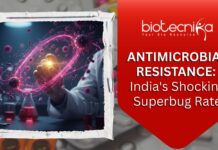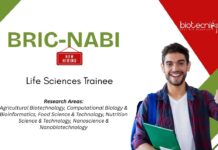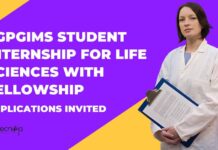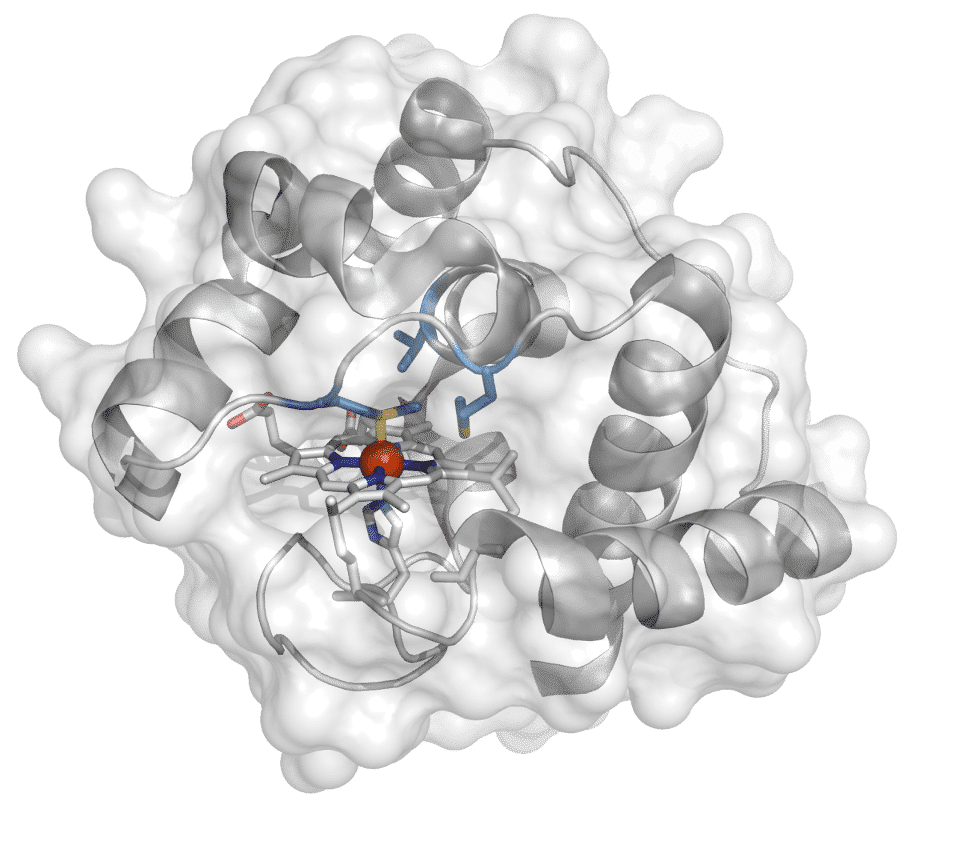Biologist Engineer Enzyme Teaching Bacteria to Build BoronCarbon Bonds
In a milestone research project, bioengineers at Caltech have, for the first time, developed bacteria that can make chemical compounds containing bonds between boron and carbon.
Carbon-boron bonds feature in molecules like bortezomib, an anticancer drug. Because shape is so important to biological chemistry, these molecules have to have each carbon and boron atom in exactly the right place. In many cases, a molecule can be an effective drug but it is exact mirror image is useless.
It’s not always easy for chemists to make those bonds in the right ways. But bacteria and other organisms do it naturally. The Caltech scientists, led by Frances Arnold, the Linus Pauling Professor of Chemical Engineering, Bioengineering and Biochemistry, have now engineered bacteria to generate an organoborane. Jennifer Kan, a postdoctoral researcher at the California Institute of Technology, says their bacteria is about 400 times more efficient at making these bonds than a chemist.
By using biology, researchers can potentially make the chemical compounds in “greener” ways that are more economical and produce less toxic waste, according to Arnold.
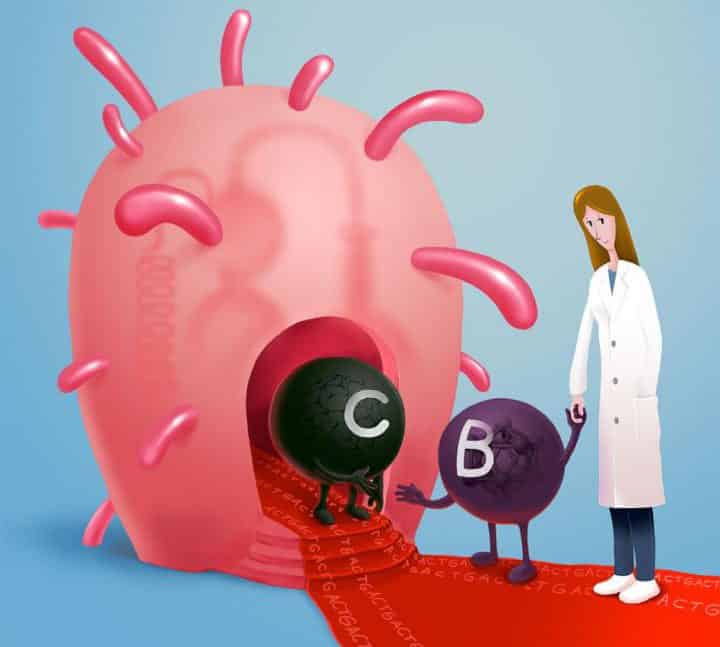
“We have given life a whole new building block that it did not have before,” says Arnold, who is also the director of the Donna and Benjamin M. Rosen Bioengineering Center. “This is just the beginning. We’ve opened a new space for biology to explore, a space that includes useful products invented by humans.”
“Nature has created beautiful machinery that we can benefit from,” says Xiongyi Huang, postdoctoral scholar in Arnold’s laboratory. “We’re repurposing nature’s best inventions.”
To coax the bacteria into making boron-containing compounds, the scientists used a method pioneered by Arnold in the early 1990s called directed evolution, in which enzymes are evolved in a lab to perform desired functions—such as creating chemical bonds that aren’t found in the biological world.
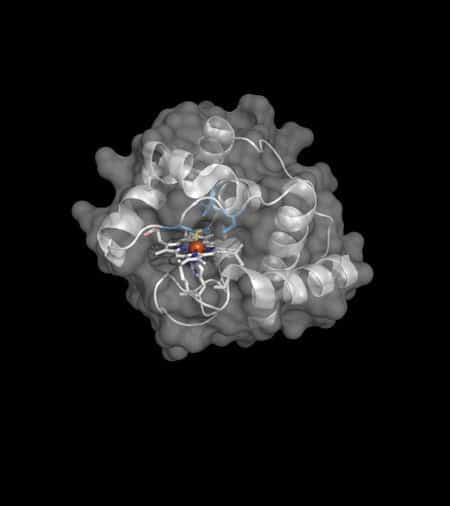
As was done in the previous silicon-based research, the team focused on cytochrome c, which is usually a common protein but in this case had a particular genetic variant. First, they mutated the gene that encodes that protein, then embedded the DNA into bacterial cells. When bacteria were successfully able to create boron-carbon bonds, their DNA was then further edited to improve that ability.
The researchers repeated this process over and over, making six different versions of the proteins and testing them in different bacterial cultures. Over time, they managed to refine their creations until they had bacteria that were up to 400 times more productive at making compounds containing boron-carbon bonds than the artificial techniques that are commonly used. Better yet, the researchers say the technique is very malleable, allowing them to make adjustments in future as needed.
Boron, which comes from the mineral borax, sits just to the left of carbon on the periodic table. It is a common ingredient found in composite materials and in fertilizers. It’s also an essential nutrient of plants, and recent research from NASA’s Curiosity rover showed that it is present on Mars, a sign of possible habitable conditions.
Says Kan,”Boron is one of chemistry’s unsung heroes. It is not an element we hear about every day, but its contribution to chemistry is tremendous. We are excited to add this element to the synthetic biology toolbox for the first time.“

